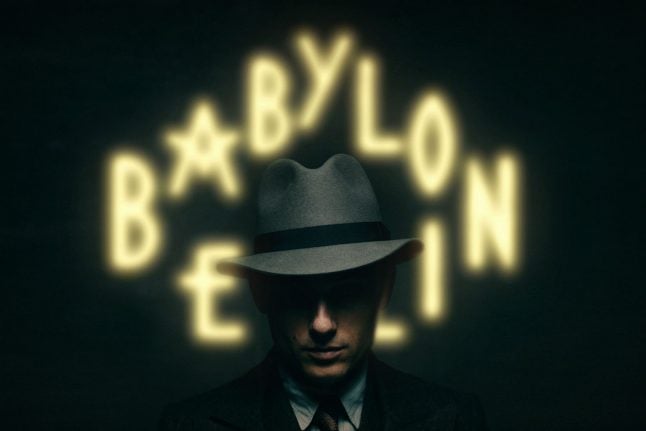“Amazon Prime Video remains the market leader, but Netflix continues to make strong gains, with 50% growth of subscriptions in 2018,” said Tristan Veale, market analyst at Futuresource Consulting which conducted the research. “The two services are mostly complementary and there is room for both to thrive.”
Subscription video on demand services have shown – and are forecasted to show – continued growth in the home entertainment market, which also includes pay-TV services and transactional digital video services.
Futuresource estimates a quarter of Germans utilize one or more subscription video services. Germany’s subscription video on demand market is projected to double in the years between 2017 in 2019, and exceed €1 billion in 2020.
SEE ALSO: This is how Germans spend their free time
Different than their European neighbours
Veale also says that, unlike their European neighbours, Germans are still utilizing pay-TV accounts, or premium TV subscriptions. Other countries are noticing plateaus and, in some cases, declines in pay-tv, which are TV channels you can view with a subscription such as Sky.
Yet in Germany, Veale says, “there is increased dynamism in the market, with an increased number of providers offering low cost, ‘pay-TV lite’ services as alternatives” to basic cable plans and premium subscriptions.
That so-called dynamism in Germany’s home entertainment market has also contributed to the popularity of “Made in Germany” content exhibited by shows like Babylon Berlin, Four Blocks, Dark, and Deutschland 83 and 86.
“The main reason is probably the development driven by the likes of Netflix and Amazon,” Torsten Zarges, a senior reporter at German publication DWDL, previously told The Local. “There are so many more platforms that need good content.”
SEE ALSO: Why 'made in Germany' TV has captured the imagination of the world
While Germany remains what Futuresource describes as Europe’s “shining light” in Blu-ray, consumers are expected to spend more on renting or purchasing digital movies and TV shows than on DVDs and Blu-rays by 2021.
Veales also contend that the increase in services like Netflix and Amazon is likely due to the popularity of Smart-TVs. “Germany has one of the highest levels of smart TV ownership in Europe,” says Veale.
Zarges said creatives in Germany were previously limited to ideas that could only work on mainstream television channels but they were now “able to think outside the box.”



 Please whitelist us to continue reading.
Please whitelist us to continue reading.
Member comments